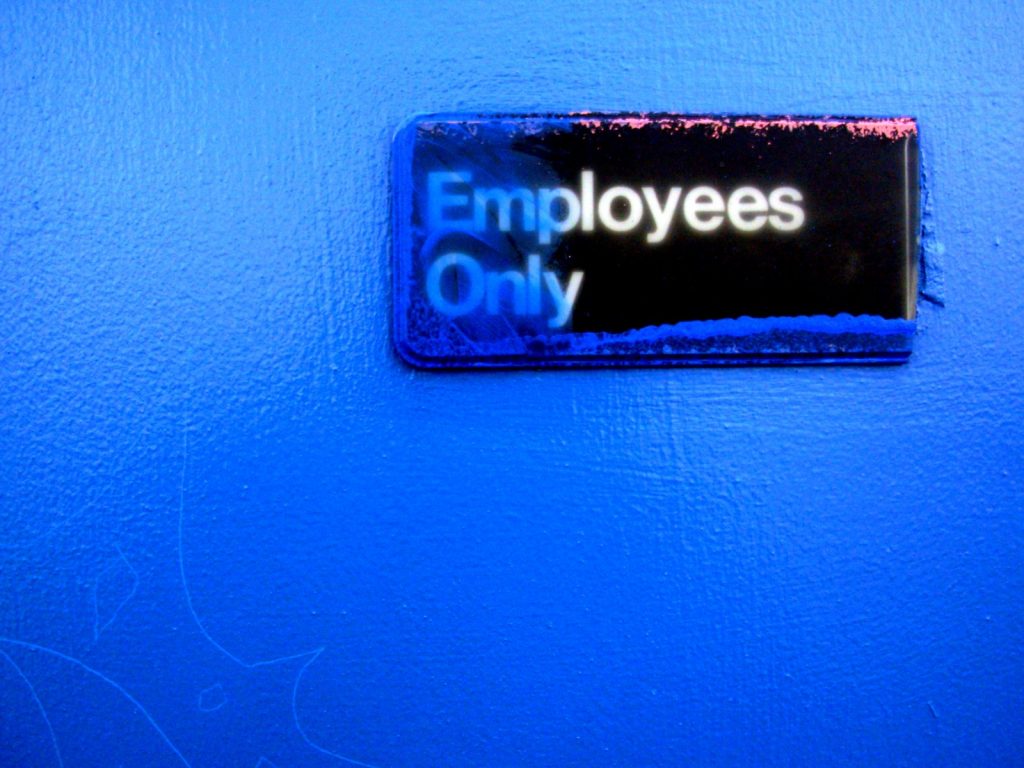
Originally published in The Globe and Mail Report on Business Magazine:
Mike Brydon and Peter Tingling are decision theory specialists at Simon Fraser University’s Faculty of Business, and they have a question they like to ask when giving presentations to senior management groups, especially to human resources managers. “How many here have taken golf lessons to improve their game?” A lot of hands go up. Then they ask: “How many have had instruction to improve their decision making?” No one raises a hand because, as Brydon and Tingling have discovered, all managers, but especially those in HR, consider themselves to be expert decision makers already.
We all tend to judge others intuitively, having “evolved to take the measure of people quickly,” Brydon says. But in recruiting, it can be a costly practice, as anyone knows who’s hired someone they liked after a few interviews, only to find that person couldn’t do the job.
This happens because of the many biases that affect our decisions about people. We are instinctive pattern matchers, for example, judging character by a person’s shoes or tattoos. This tendency affects even companies like General Electric (long a bastion of analytic management), whose outgoing CEO Jack Welch wrote that his successor, Jeffery Immelt, met with his approval because the man seemed “comfortable in his own skin.” Was that a job requirement? In which case, did Welch really know what it meant or how to measure it?
Equally common are selection process biases. Brydon and Tingling cite “first-date interviews,” where banal questions elicit no useful information. Or the study-proven phenomenon that applicants who let their interviewers do most of the talking tend to earn higher rankings. Likewise similarity, such as coming from the same school as your interviewer, is known to create what’s called an “association” bias.
Do politeness and alma mater-overlap correlate in any way with likely future performance? Probably not. But plenty of people get hired because of them.
Information asymmetries are an even bigger issue in hiring, Tingling says. If you don’t have a rigorous way of measuring candidates against job-relevant attributes-such as leadership skills or analytical abilities, market profile or sales results in the previous quarter-then there are all kinds of ways applicants can game the system. They can pump up their resumés. They can hide jobs from which they were fired. They can train themselves to give a great interview using guides available on the Internet. These tactics make candidates more attractive and articulate to the boss who goes with the gut, but this doesn’t mean that the person will be any good at the job.
The question for the HR manager, then, is how to make the selection process more analytical. To help, Brydon and Tingling have developed a sophisticated decision-making software called Amadeus SRA. They refer to it as “Moneyball for the rest of us,” a nod to Michael Lewis’s book about the 2002 Oakland A’s under manager Billy Beane. That team won its division with a payroll of $41 million (U.S.), a third of what the New York Yankees shelled out in the same year. The A’s success hinged on Beane’s radically non-traditional recruiting practices. He set aside the standard measures of a player’s offensive success-stolen bases, RBIs and batting average-in favour of on-base percentage and slugging average. Beane was convinced that those two statistics, while undervalued in the marketplace, were more indicative of a player’s potential.
That mentality, Tingling and Brydon assert, is critical in non-sports management, too, and their software guides every aspect of the interviewing and hiring process. It sets the desired attributes and considers exactly what the successful applicant must bring to the table relative to company objectives. It provides interview and testing methods by which those attributes will be measured in each case, and compiles the input of however many interviewers are involved. It then produces rankings, and slices and dices the data in inventive (and patented) ways.
Compared with traditional blunt measures, this new rigour gives company directors a new way of assessing how well the HR department is doing its job.
As Tingling says: “I’ve never met an HR manager who didn’t know his company’s attrition rate. But I’ve never met one who knew his company’s regrettable attrition rate.” That latter stat is the one that matters, of course.
The Amadeus software is currently being tested by several educational institutions and is being considered by at least one unnamed security agency. Those employers who are attracted to the software, Tingling says, appreciate the words of W. Edwards Deming: “In God we trust. All others bring data.”

